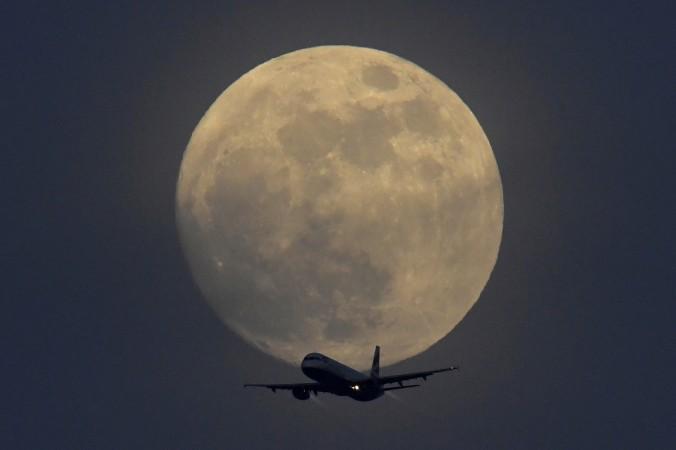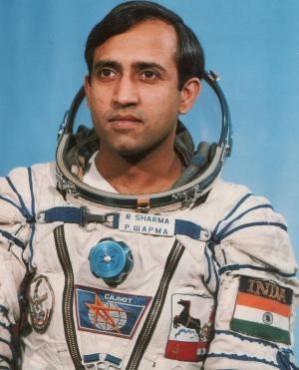
India is aiming to reach a place on the moon, where no nation has ever managed to set foot before - the south side of Earth's only natural satellite. India is planning to get there and examine the possibilities of mining a waste-free nuclear fuel, called helium-3, which could be worth trillions of dollars.
The Indian Space Research Organisation (ISRO) is currently preparing to launch a rover in October this year. Once the rover lands on the virgin territory of moon's surface, it will study and analyze the crust in order to find out the signs of water and helium-3. According to experts, the isotope's quantity is limited on our home planet, however, it's so much abundant on the moon that theoretically, it will be enough to sustain Earth's global energy demands for the next 250 years, if we can harness it.
"The countries which have the capacity to bring that source from the moon to Earth will dictate the process. I don't want to be just a part of them, I want to lead them,'' the chairman of ISRO, K. Sivan told Bloomberg.
This mission, Chandrayaan-2 would solidify India's place in the space race. Several countries alongside India, such as China, Japan, the United States and Russia, are also planning lunar missions in the near future.
According to Mr. Sivan, India is ready and fully equipped to start the voyage.
China, which had last landed on the moon in 2013, is also planning to launch another moon mission by the end of this year. The U.S. President Donald Trump has also signed a directive calling for the astronauts to once again go back to Earth's natural satellite.
NASA's this financial year's proposed $19 billion budget has also made it important to launch a lunar orbiter by the 2020s. ISRO's average budget, on the other hand, is far less compared to what NASA has proposed. It's around $1.7 billion, and the agency is confident about its upcoming mission.
This is not the first time India is eying the moon. The Chandrayaan-1 mission had kicked off in 2008 and the spacecraft had completed over 3,400 orbits around the moon. It had also ejected a probe, which was able to find the molecules of water in the lunar surface for the first time.

This time, Chandrayaan-2 is slated to land a rover and collect information for at least 14 days and it would cover an area on the lunar surface with a 400-meter radius. The rover will keep sending images to the lander and then the lander will send them back to Earth where the control systems of ISRO will take up for further analysis.
The existence of helium-3 on the moon was first confirmed in the samples that the Apollo mission had brought. As per the researchers, the solar winds have filled the moon with astronomical amounts of helium-3, as unlike Earth, the satellite is not protected by a magnetic field. Also, Harrison Schmitt, a geologist and an Apollo 17 astronaut, who had walked on the moon in December 1972, is an ardent advocate of mining helium-3.
According to the Europian Space Agency, it is believed that helium-3 is capable of providing "a safer nuclear energy in a fusion reactor," as the isotope is not radioactive and wouldn't produce harmful waste.
Even if the earthlings find a way to mine the helium-3 on the moon, there will still be many obstacles to overcome before being able to use it. Humans will have to mine the isotope, find a way to send it back to Earth and develop fusion power plants to convert the material into energy – the cost of this entire process would be exorbitant.
Add to that, it is not really that easy to mine the moon. Only the United States and Luxembourg have passed legislation that allows the commercial bodies to hold onto whatever they mine from space. No international treaty exists on the matter as of yet.

However, the first Indian to go on space, Rakesh Sharma is not happy to think that the moon will be turned into a place only for business. He believes all the nations, as well as the private entities, should work together to build human colonies elsewhere, as Earth is running out of resources and faces potential threats from various sources, for example, asteroid strikes.
"You can't go to the moon and draw boundaries. I want India to show that we're capable of utilizing space technology for the good of people," Mr. Sharma told Bloomberg.

















